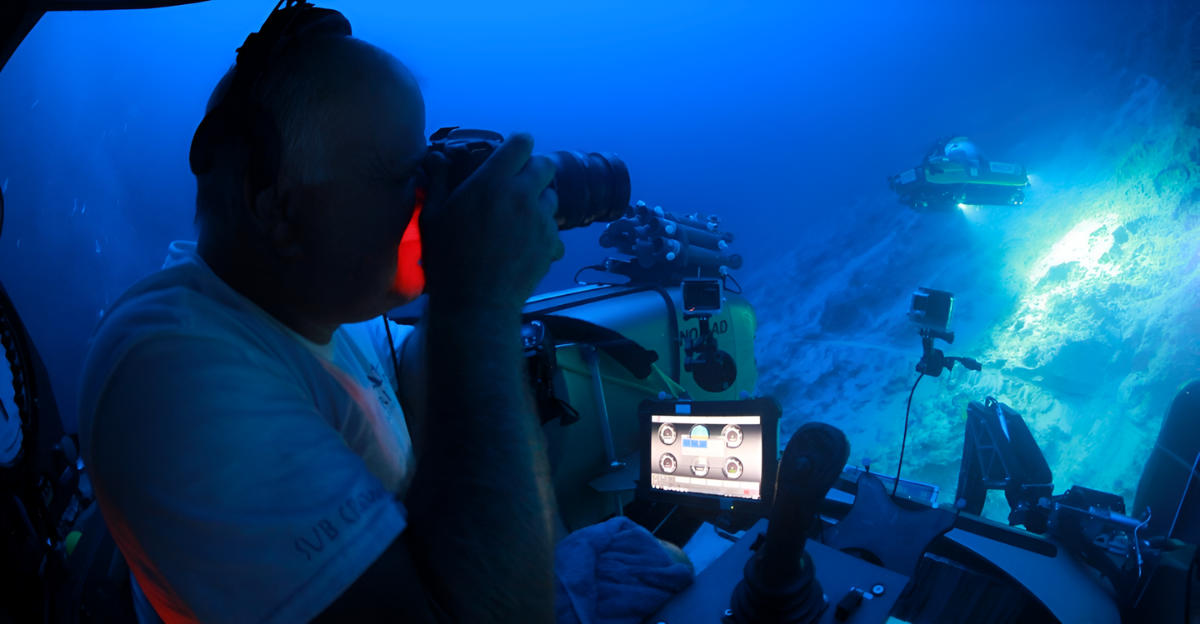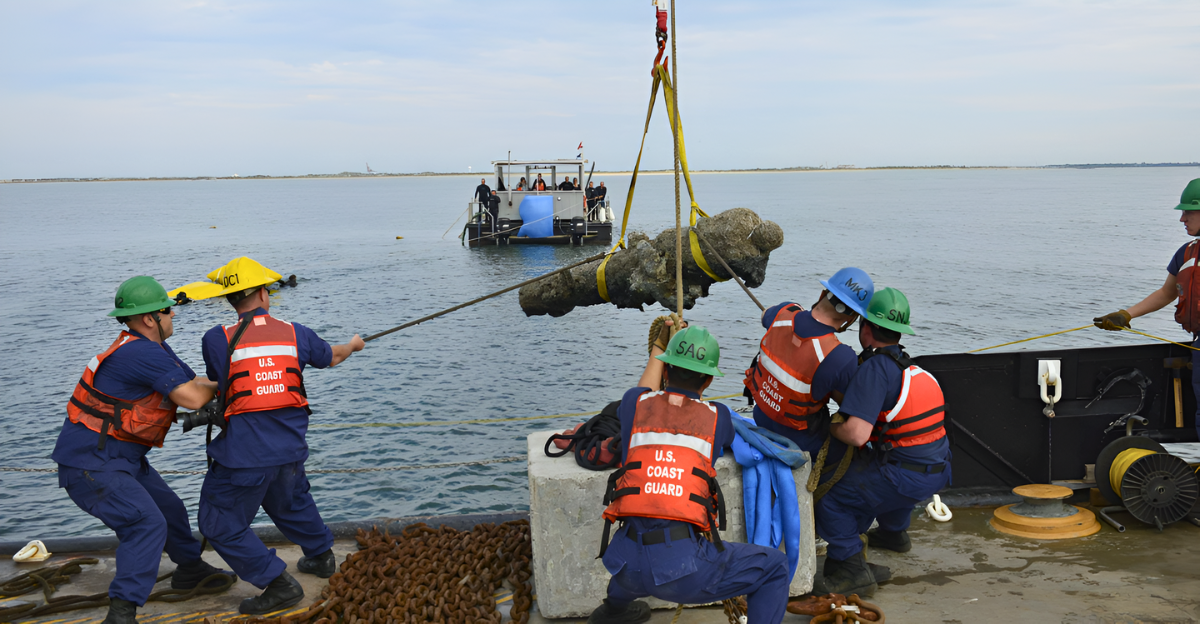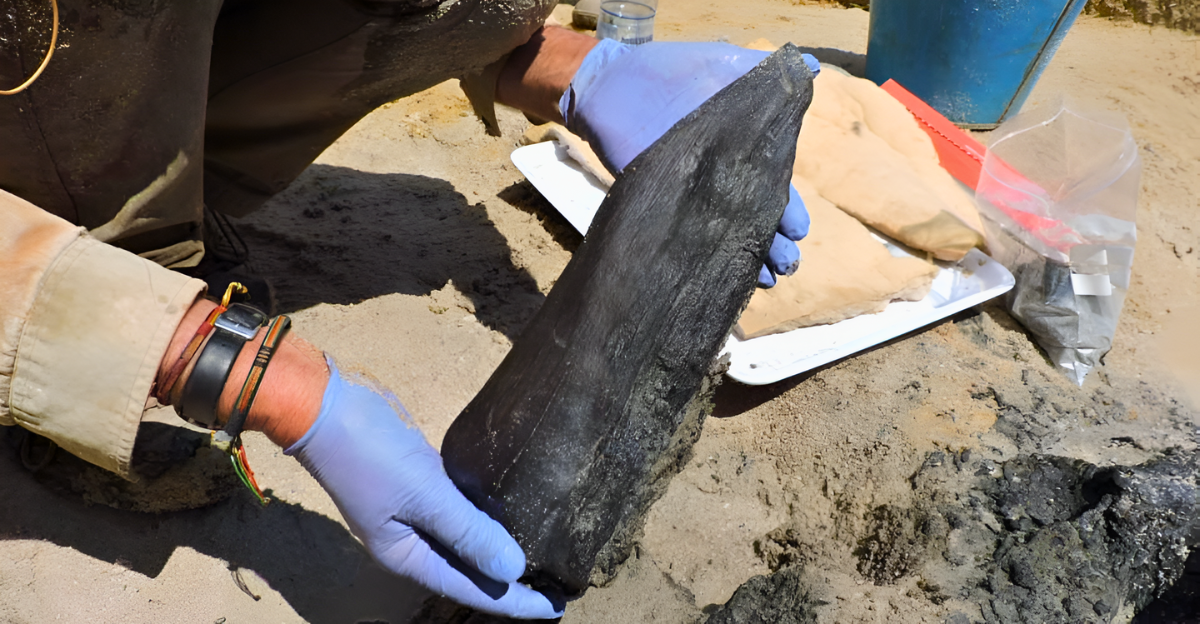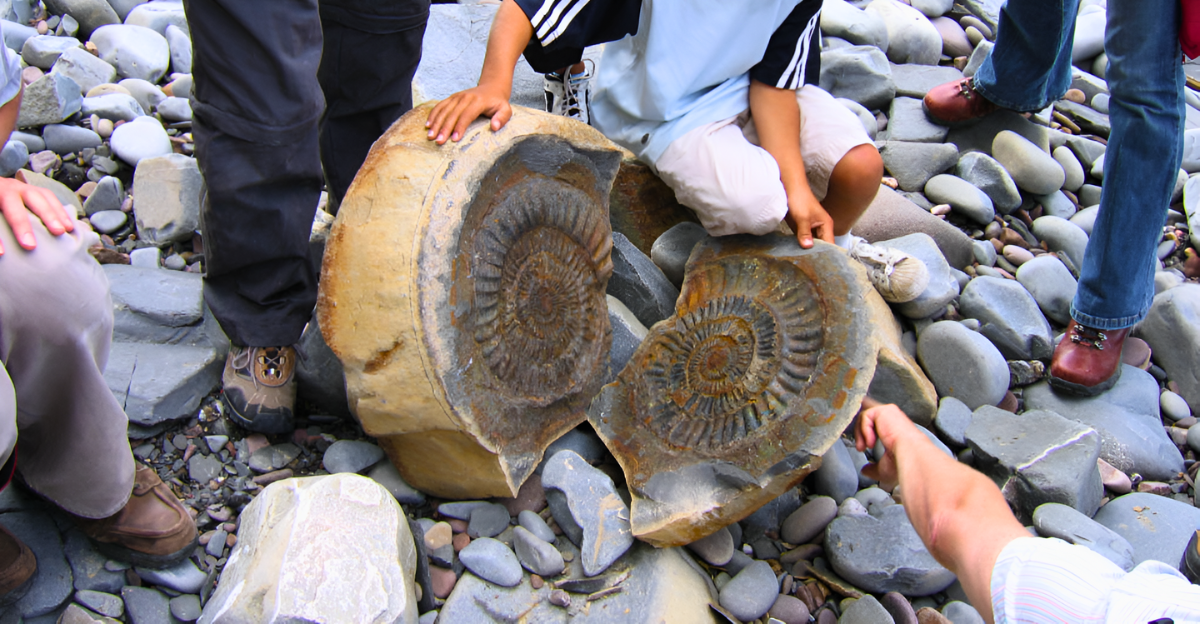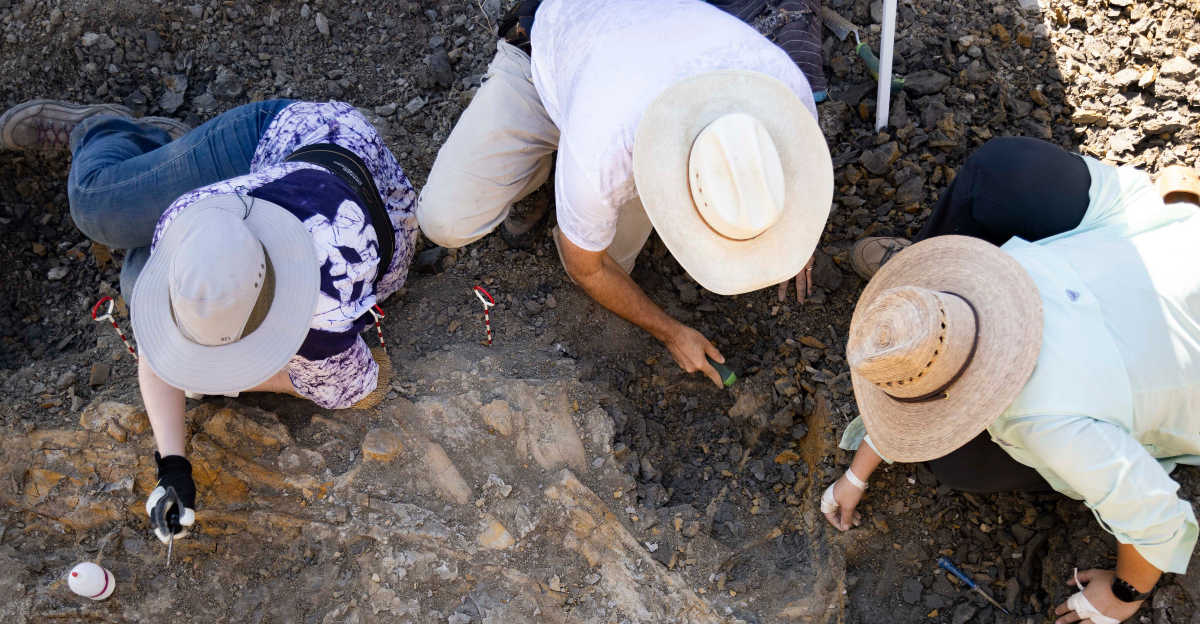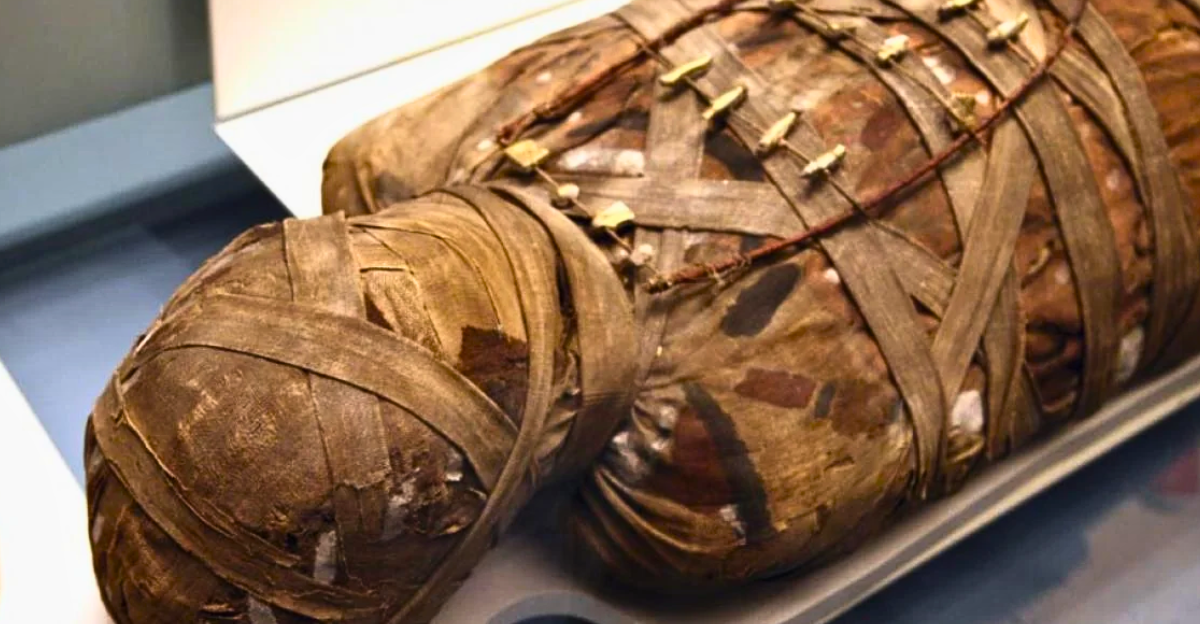
In the heart of Giugliano, near Naples, Italy, a team of archaeologists made a discovery that has ignited a wave of excitement and speculation. The team cracked open a 2,000-year-old sarcophagus inside the fabled Tomb of Cerberus.
With bated breath, the researchers waited to learn the secrets the occupant holds, hoping to gather some information about ancient Roman life. What they found inside was more than an incredibly well-preserved body—it was a surprise that defied traditional understanding of ancient death rites.
DNA analysis confirmed the mummy’s ancestry was strictly Italian, not Egyptian, sparking another wave of controversy, intrigue, and a fresh appreciation for Italy’s unique place in the history of a great ancient civilization.
The Mystery Revealed: An Utterly Unique Tomb
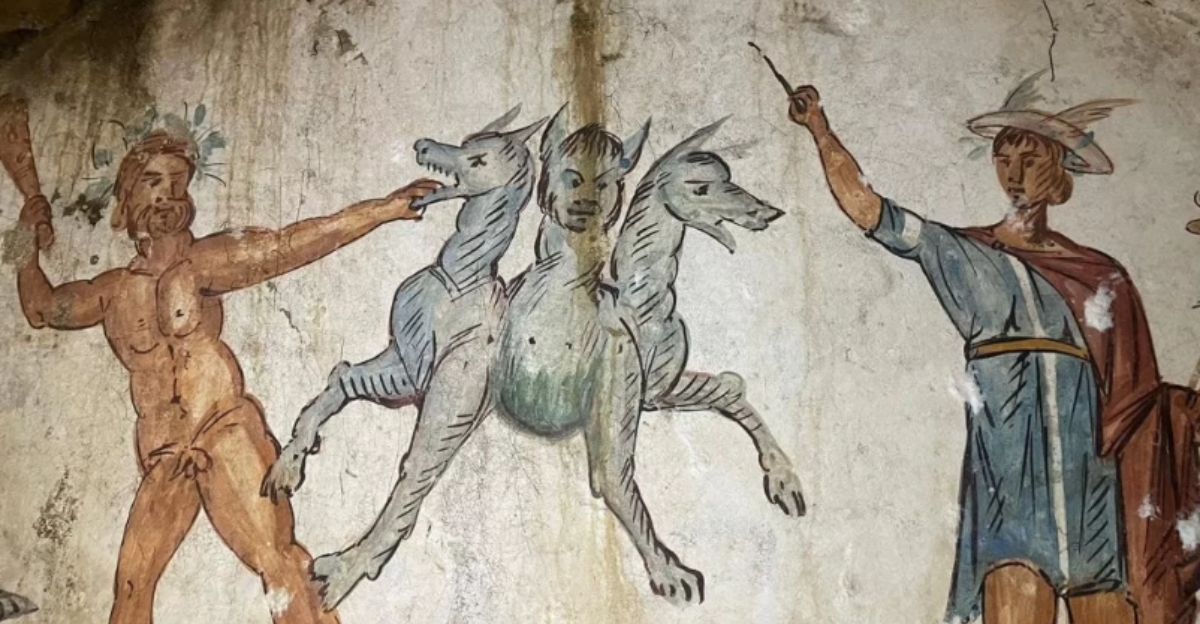
The Tomb of Cerberus, named for its depiction of the mythic three-headed dog, was already an archaeological marvel. When the sarcophagus was finally opened, scholars were presented with a sight contrary to expectation.
The incredibly well-preserved body, shrouded and surrounded by ancient goods and vibrant frescoes, was something rather unique. The burial chamber’s microclimate had created ideal conditions for preservation, mineralizing the shroud and preventing decay.
This was neither the usual Roman cremation, nor the Egyptian-style mummification many had anticipated. Instead, it was an Italian burial unlike any other, combining ritual, innovation, and local resources—a mystery that would only become more complex as analysis deepened.
Why This Find Matters: Rewriting Roman History
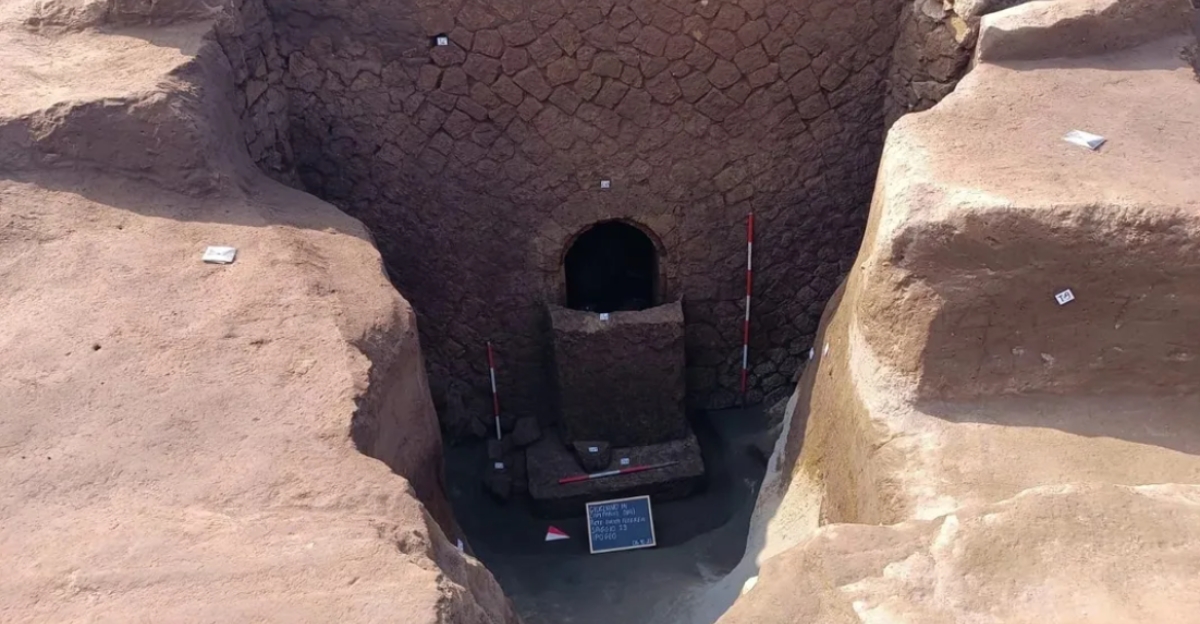
This discovery is groundbreaking for historians and archaeologists. Historically, Roman burials consisted of a blend of cremation and inhumation, often focused on ritual and social status. The Tomb of Cerberus, however, provides an intact example of inhumation with remarkable preservation.
Aside from the body itself, the contents of the tomb included personal items, ointment containers, and funerary beds, which offer a unique glimpse into the beliefs, traditions, and daily lives of Rome’s ruling class.
By studying this site, researchers can challenge long-held assumptions about Roman identity, funerary practice, and how local traditions shaped Italy’s ancient civilization.
The Emotional Shock: A Mummy That Defies Expectations
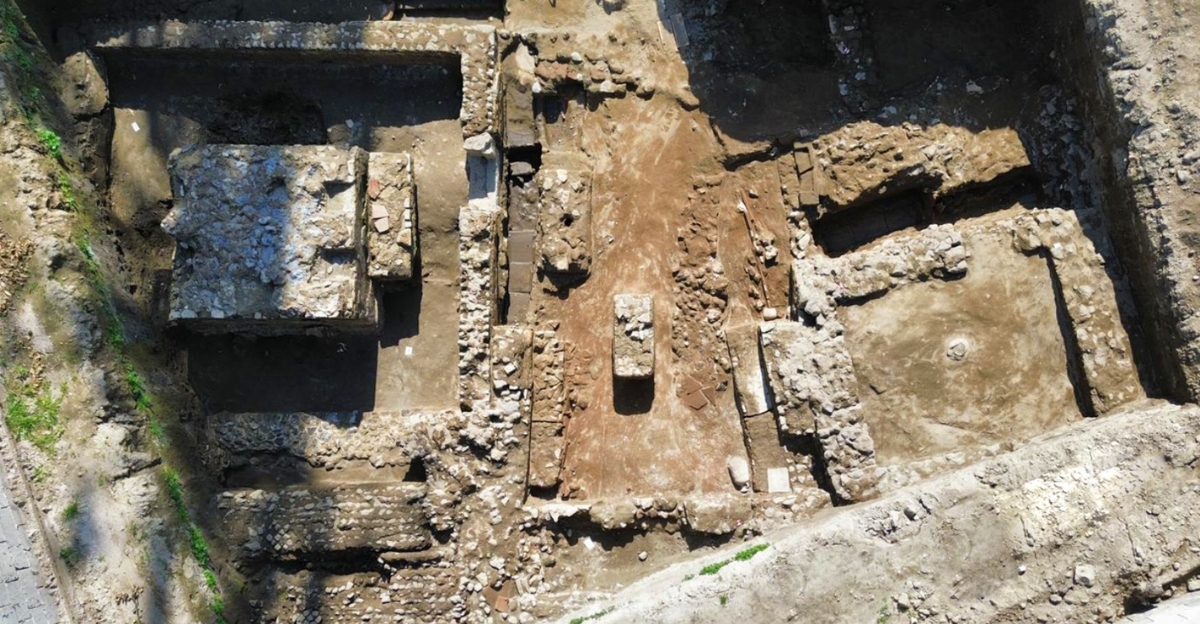
Unquestionably, there is something profoundly moving in seeing a face from two millennia ago that has survived the passage of time despite the odds. The emotional impact on the excavation team was palpable as they gazed upon the mineralized burial cloth and still-distinguishable features of the remains.
This wasn’t a copy of an Egyptian ritual, but an Italian preservation technique derived from local climate and tradition. The burial gifts, such as strigils, ornamented altars, and perfumes, were a testament to the life of luxury and a community’s care for its dead.
The find has ultimately shattered previously held stereotypes, uncovering an advanced, native approach to death and remembrance that was experimental and highly idiosyncratic.
The Science Behind the Spectacle: How Did He Survive?
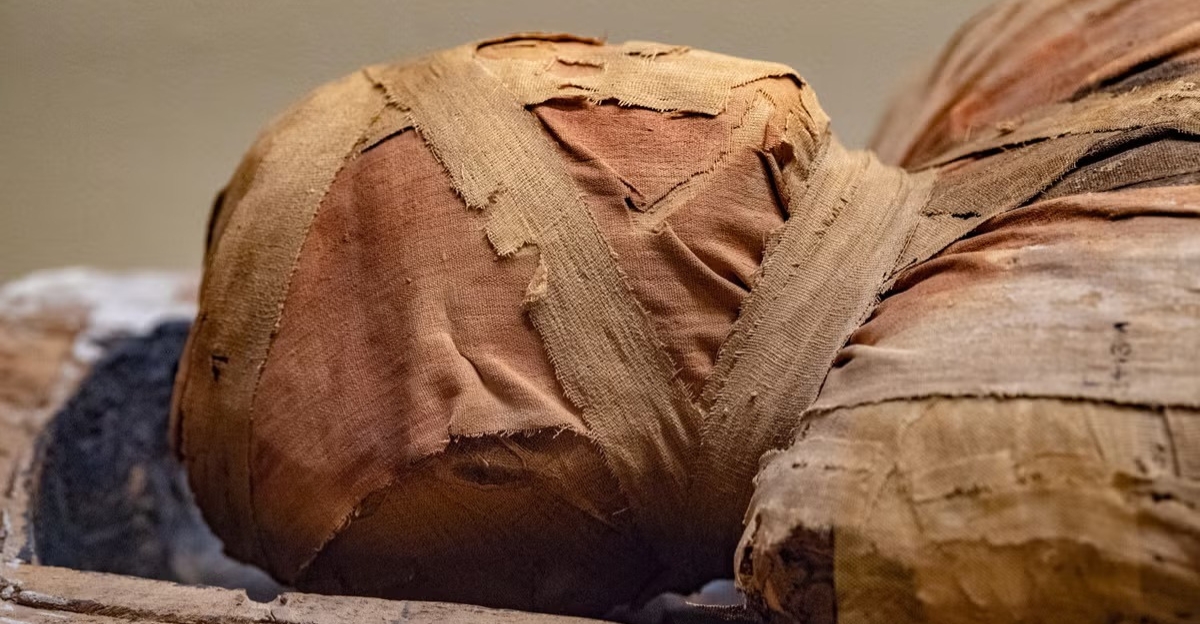
The body’s preservation was no accident. The unique microclimate of the chamber, along with the use of natural preservatives, played a crucial role. Scientific testing verified the existence of wormwood and goosefoot, plants that were known to have antimicrobial properties, among the funeral ointments.
Further, the mineralized shroud also kept the body from decaying. Now, multidisciplinary teams study the fabric’s textile weaves, residue chemistry, and pollen samples to reconstruct the burial conditions.
This forensic analysis is revealing a fascinating picture of Roman ingenuity that shows how local knowledge and climatic conditions combined to produce a preservation method as Italian as the terrain itself.
DNA Doesn’t Lie
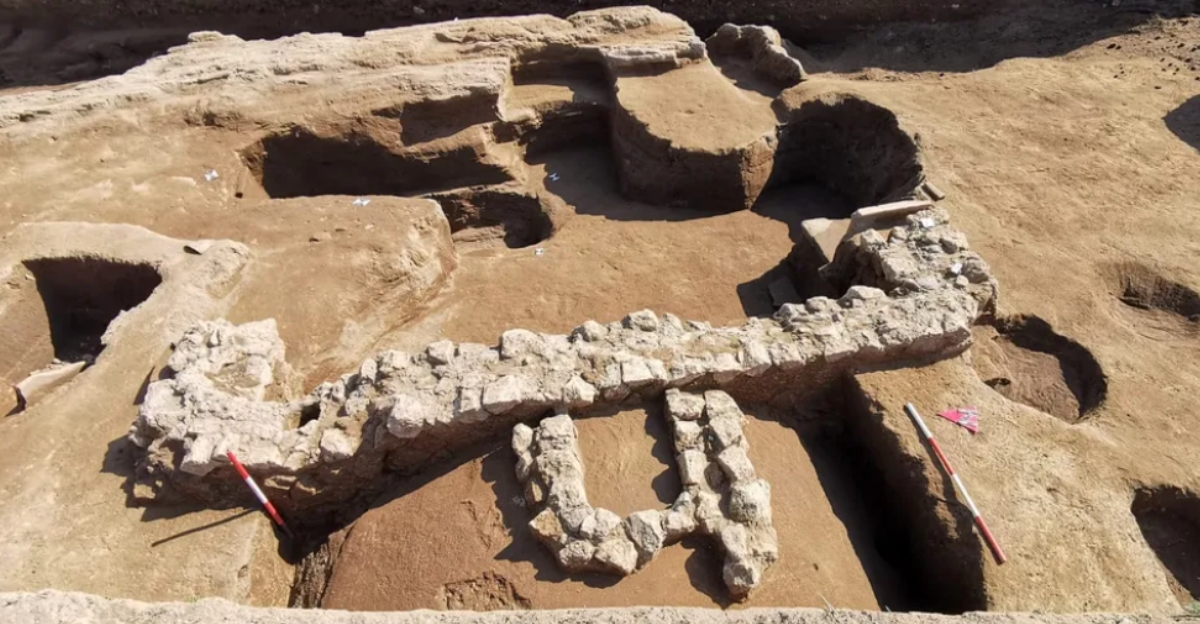
And here’s the kicker: DNA analyses have confirmed the mummy’s lineage as 100% Italian. This is not only Roman by culture, but by birth.
The body was that of a member of the local elite, most likely the patron who commissioned the family mausoleum. Genetic markers are similar to those found in the area today, reflecting an astonishing example of genetic continuity.
Moreover, the DNA results challenge the prevailing perception that ancient Rome was predominantly a melting pot of outsiders. Instead, it confirms the Italian identity’s deep roots and enduring legacy. Ultimately, the discovery serves as a powerful reminder that Rome’s history is also that of Italians.
What This Means for the Future: Conservation and Cultural Heritage
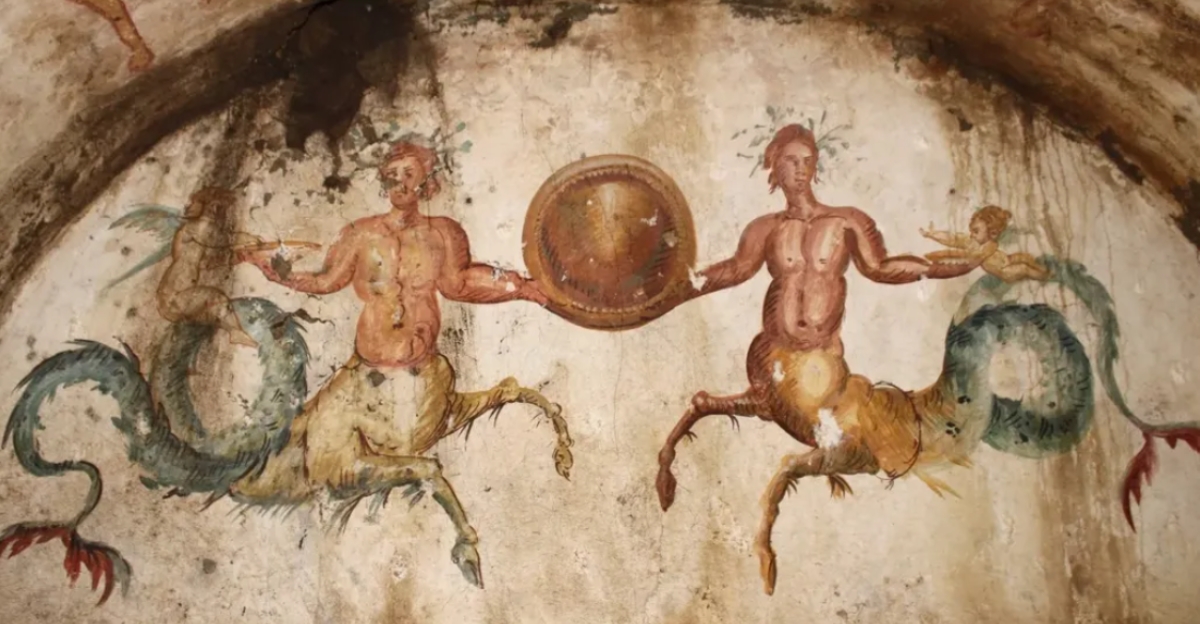
This discovery is already dictating the future of archaeological conservation in Italy. The Tomb of Cerberus will serve as a benchmark for the conservation of organic materials, textiles, and burial contexts.
Currently, conservationists are developing creative methods inspired by the tomb’s conditions and materials. Further, historians are also reopening other sites to look for similar evidence of local mummification.
The Italian origins of the mummy may also lead to a revival of local history and identity as people find themselves wanting to protect and promote their ancient past. With improved technology, Italy’s secret past will be unveiled, rewriting our understanding of the ancient world.
The Human Dimension: Industry, Innovation, and the Unexpected
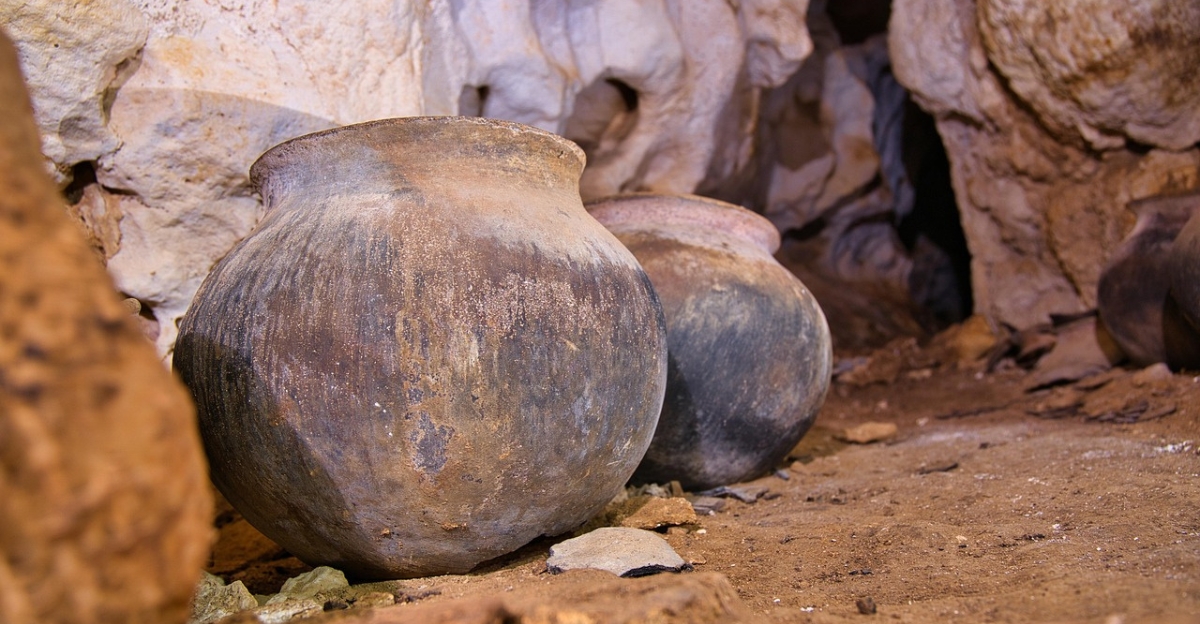
The implications of this find extend far beyond academia. Textile experts want to know more about the shroud’s weaves, hoping to revive long-lost traditional practices.
Cosmetic scientists are analyzing the ointments, looking for any potentially lost recipes that can be used to create modern products. Even tourism will benefit, as the Tomb of Cerberus becomes a new destination for cultural enthusiasts, learning and appreciation.
This crossroads of science, commerce, and heritage shows how understanding the past can give rise to new innovation throughout various industries, bridging the gap between the past and the present. The mummy’s story is not just about death, but about the enduring impact of history on modern life.
Beyond the Tomb: A Broader Paradigm Shift

The opening and study of this Italian mummy is reflective of a broader paradigm shift in archaeological thought. Until recently, mummification was believed to be an Egyptian ritual alone, with local adaptions not attracting much notice or study.
This discovery disabuses that narrative and highlights the ingenuity and diversity of Roman, and Italian, burial practices. As more tombs are being excavated with advanced technology, the uniqueness of Italian mortuary science is being unveiled.
This newfound perspective encourages researchers to look beyond previously dominant paradigms, recognizing the richness and diversity in ancient societies across the Mediterranean and wider world.
Looking Forward: What Secrets Remain?

As the dust settles on the Tomb of Cerberus, one can’t help but wonder: what other secrets are buried beneath Italy’s ancient soil? The surprising discovery of an Italian mummy is an affirmation of the enduring resilience of local identity and ingenuity.
With ongoing DNA analysis and new technologies on the horizon, future discoveries stand to further destabilize our view of the past. Will other mummies from Italy appear, or was this an unusual exception?
For the time being, Giugliano’s mummy pleads for us to keep on exploring, discovering, marveling, and valuing the amazing tapestry of Italy’s ancient past.

